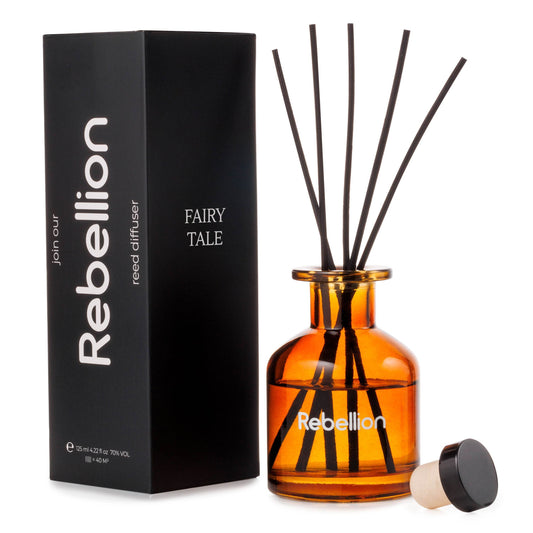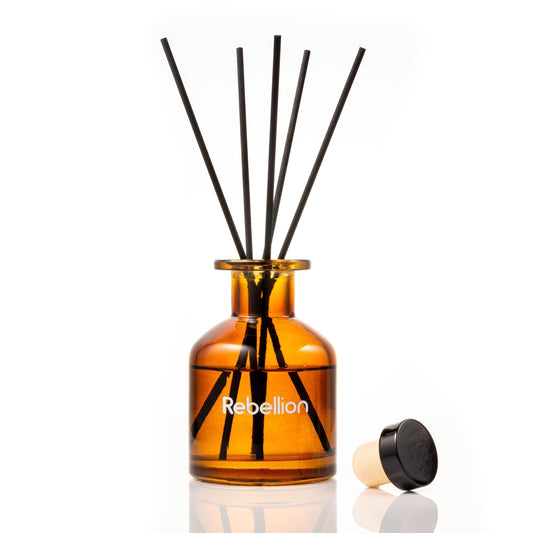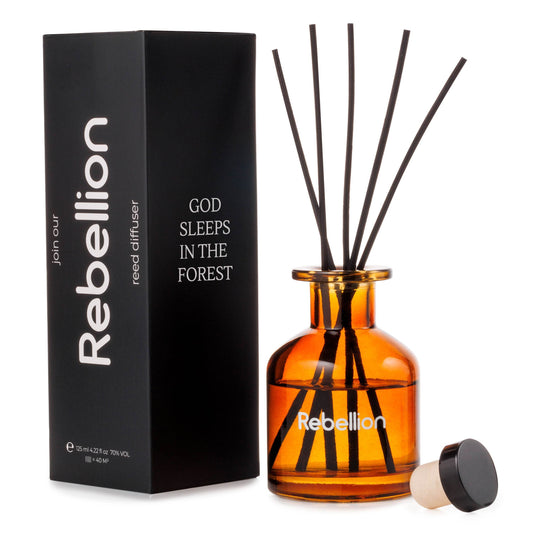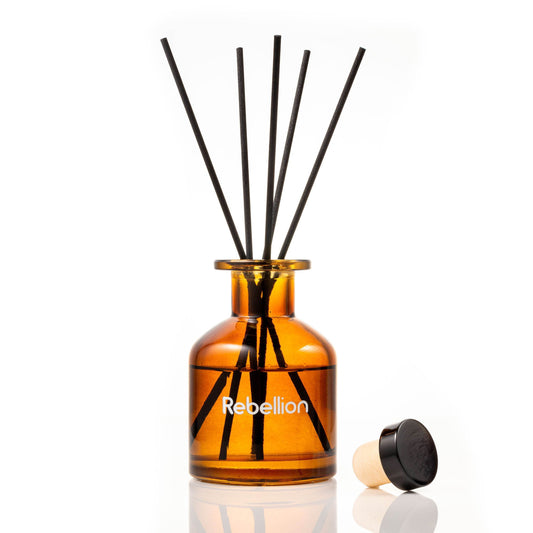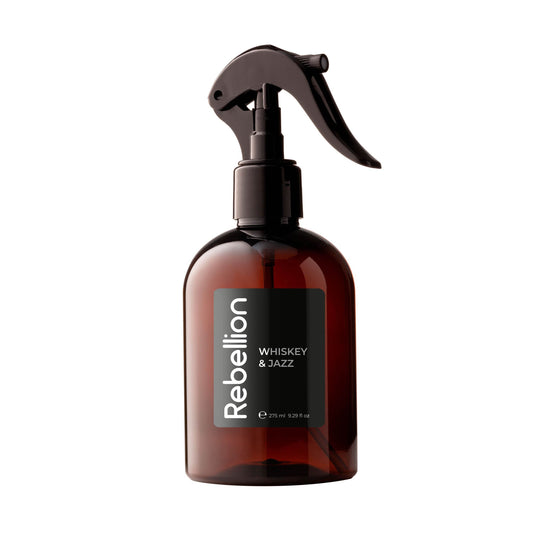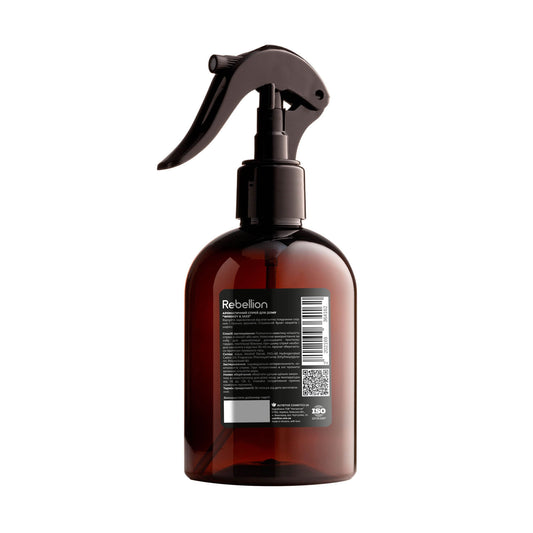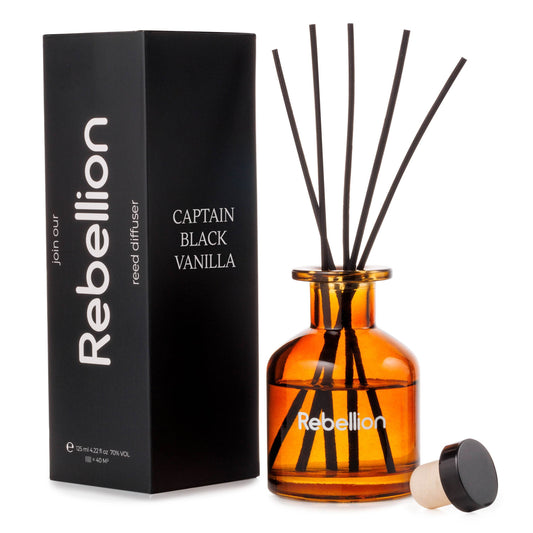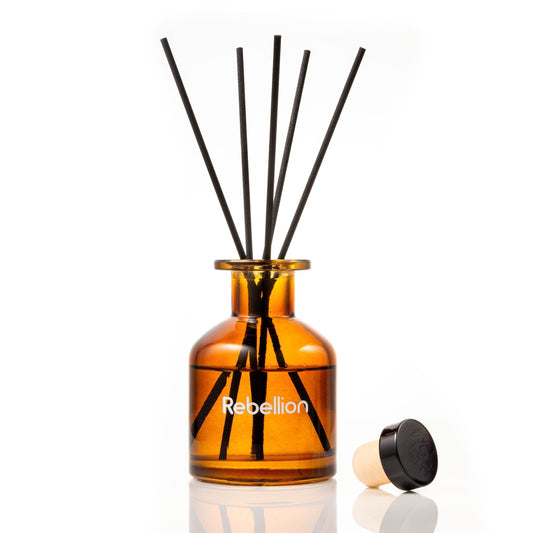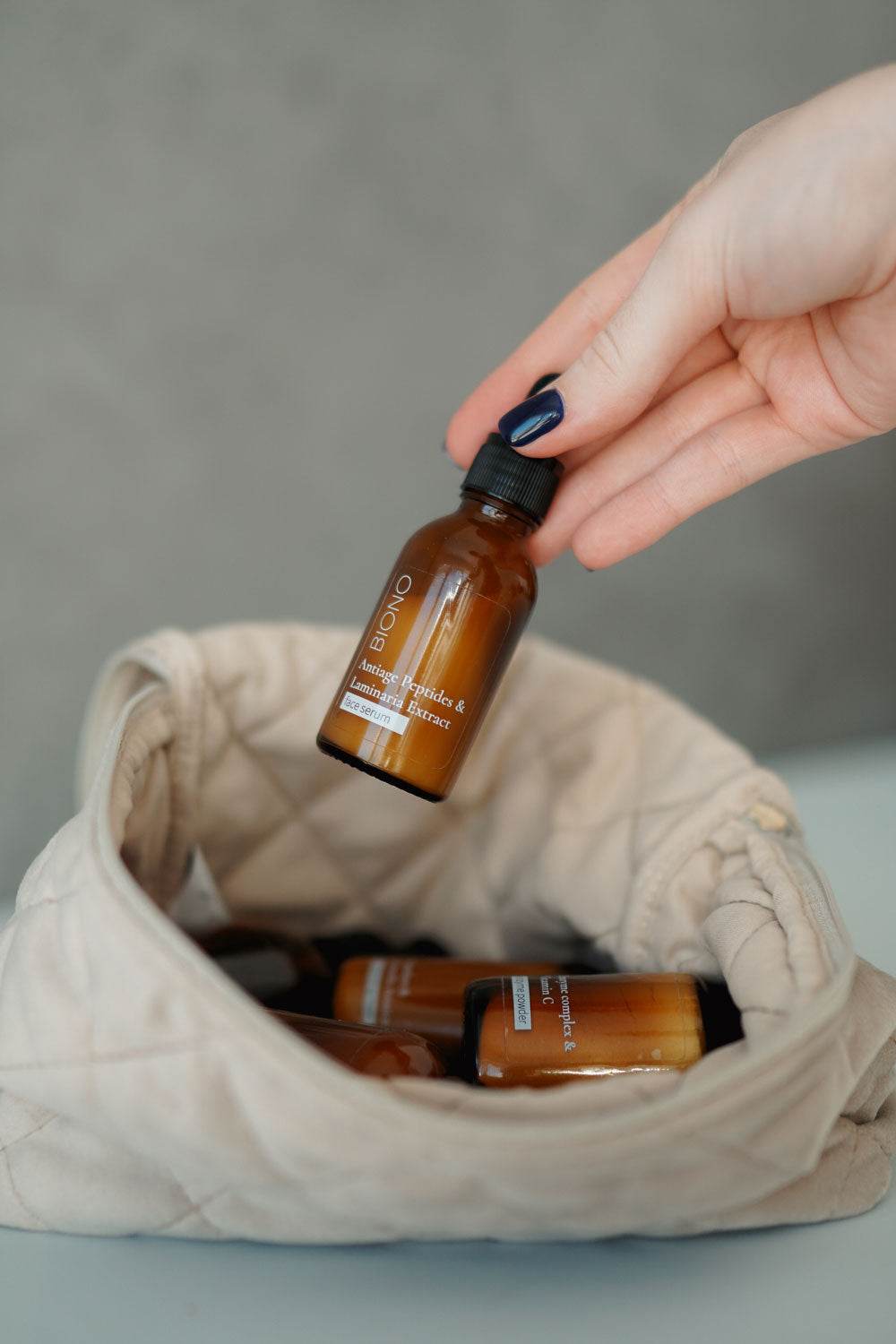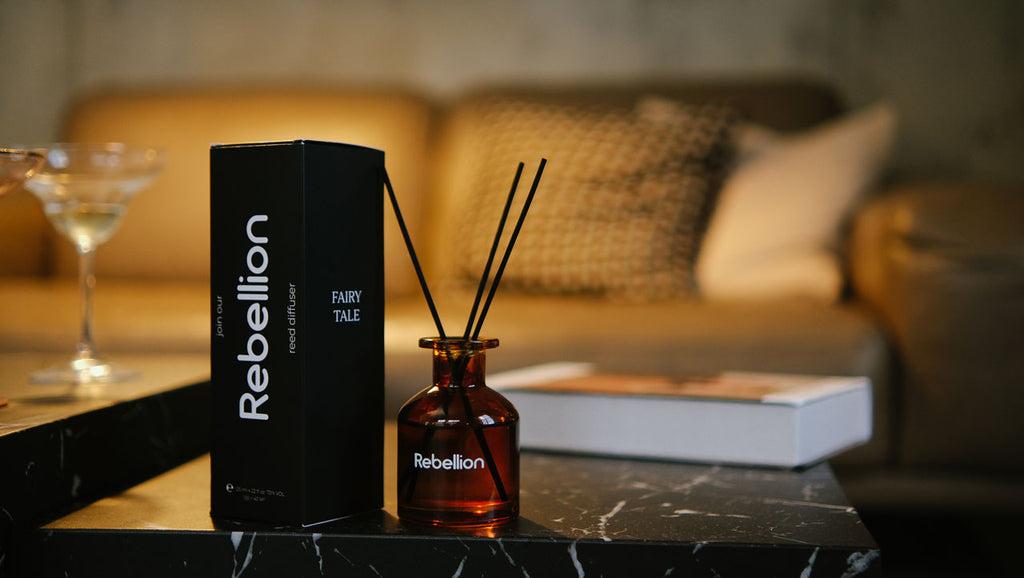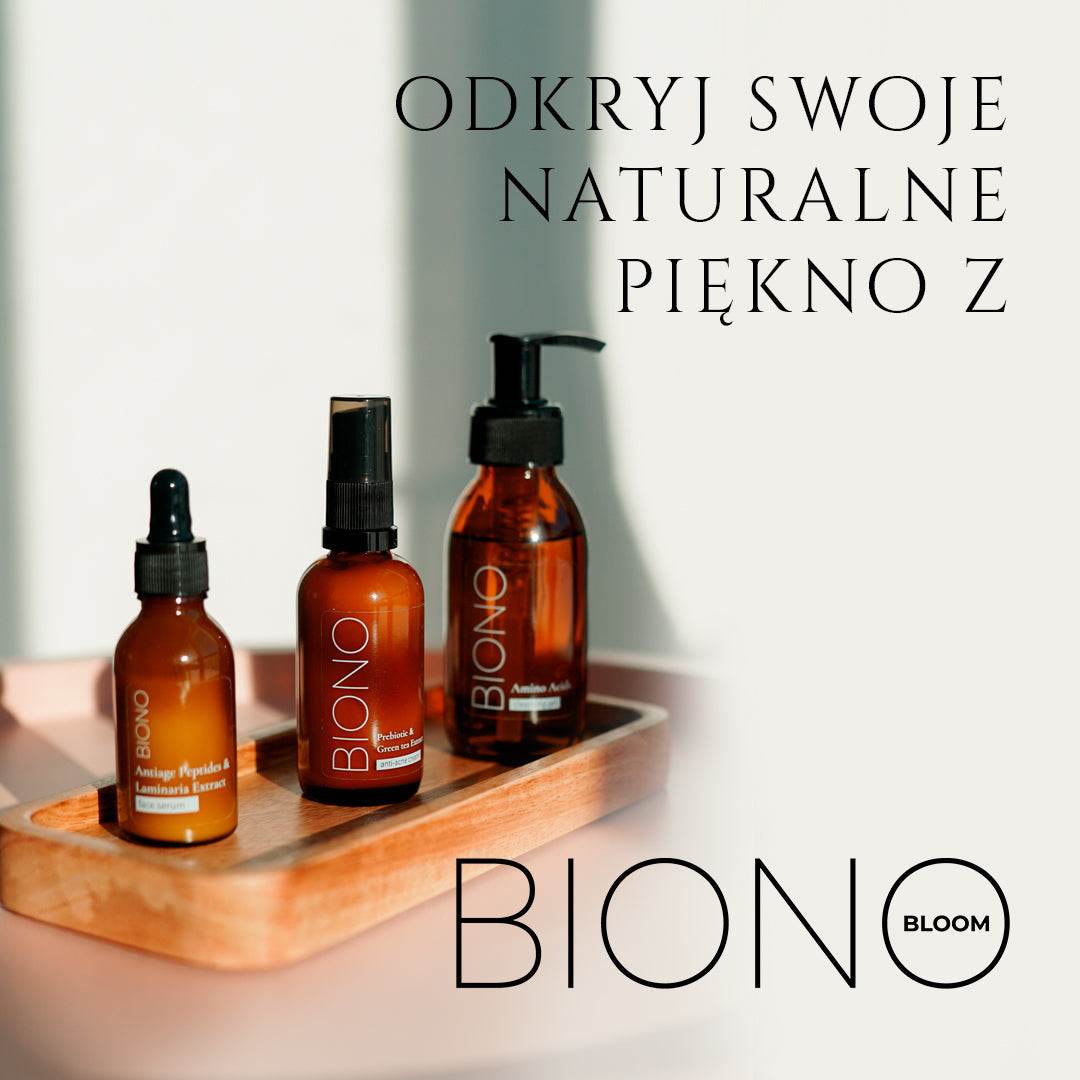
Aroma Diffuser: How to Choose the Perfect Scent for Every Room
Share
Modern homes are becoming not just places of relaxation but true sanctuaries of harmony and peace, where every detail matters for our well-being. The aroma diffuser has evolved from a simple gadget into an indispensable element of a modern interior, influencing the mood, concentration, and overall quality of life of its inhabitants. In an era of conscious approach to health and wellness, the right home fragrance has become a key element in creating a space conducive to relaxation and regeneration.
Types of aroma diffusers and their uses
The aroma diffuser market offers a wide range of solutions to suit different needs and budgets. Electric diffusers with humidifiers are a popular solution for larger rooms, combining aromatherapy with the benefits of proper air humidity. These devices use ultrasonic technology to diffuse essential oils into a microscopic mist.
Reed diffusers represent a classic approach to scenting a space, operating through a natural capillary action. Reeds absorb the oil from the bottle and gradually release the fragrance into the surroundings over a period of weeks or months. This is an ideal solution for those who value simplicity and elegance, requiring no power source or maintenance.
Ceramic and stone diffusers utilize the porosity of the material to slowly release fragrances. They often serve a decorative purpose, combining aesthetics with functionality. Professional systems for larger commercial spaces utilize cold diffusion technology, ensuring even distribution of fragrance over large surfaces without altering the properties of the active ingredients.

Aroma diffusers and their impact on well-being
Science confirms the strong connection between scents and our limbic system, responsible for emotions, memory, and mood. An aroma diffuser utilizes these natural mechanisms to create specific mental and physiological states. Citrus fragrances stimulate activity and improve concentration, making them ideal for home offices and workspaces.
Lavender has been known for centuries for its calming properties and its ability to promote healthy sleep. Studies show that regularly inhaling its aroma can lower cortisol levels—the stress hormone—and support the natural circadian rhythm. Chamomile, bergamot, and ylang-ylang have similar effects, creating ideal compositions for bedrooms and relaxation areas.
Menthol and eucalyptus have cleansing and refreshing properties, aiding breathing and improving concentration. These scents are effective for mental work, studying, or periods of increased stress. However, moderation is important – overly intense aromas can be overwhelming and counterproductive.
Fragrances for different rooms:
- Living room: vanilla, sandalwood, cedar - creating a warm atmosphere
- Bedroom: lavender, chamomile, bergamot - promoting relaxation
- Cuisine: citrus, mint, rosemary - refreshing and energizing
- Bathroom: eucalyptus, tea tree, lemonade - cleansing
- Office: rosemary, basil, lemon - stimulating concentration
Choosing the right diffuser for different rooms
Room size is a key factor when choosing the right aroma diffuser. Small spaces like bathrooms or closets are sufficiently aromatized with compact reed diffusers with a capacity of 50-100ml. Larger living spaces require more powerful solutions – electric diffusers with a 300-500ml reservoir or fan-assisted systems.
The function of the room also determines the technology chosen. In the bedroom, quiet operation is a priority – ultrasonic diffusers operate virtually silently, while fan-based systems can disrupt restful sleep. In representative spaces, the aesthetics of the device are important, often serving as a decorative element.
Frequency of use influences the practical aspects of the choice. Rooms used occasionally are better served by passive diffusers, which require no power or regular maintenance. Everyday spaces will benefit from programmable electrical devices, allowing the intensity and duration of operation to be adjusted to the individual rhythms of household members.
Natural Essential Oils in Diffusers vs. Synthetic Fragrances
Choosing between natural essential oils and synthetic fragrances is one of the key decisions when purchasing an aroma diffuser. Natural oils offer authentic scents and therapeutic properties derived from active plant compounds. Lavandulol from real lavender works differently than its synthetic counterpart, offering a full spectrum of aromatherapy benefits.
Synthetic compositions allow the creation of scents impossible to obtain naturally and ensure aroma consistency regardless of seasonal fluctuations in the quality of plant materials. Modern synthetics are safe for health and often more economical than natural extracts from rare plants. They also enable the creation of complex fragrance compositions inspired by perfumes.
Natural-synthetic blends offer a compromise, combining the authenticity of natural ingredients with the durability and availability of synthetics. It's crucial to choose products from reputable manufacturers who ensure ingredient transparency and use high-quality raw materials regardless of their origin.
Safe use of aroma diffusers and practical tips
Proper use of an aroma diffuser requires adherence to basic safety and hygiene guidelines. Regular cleaning of the device prevents the growth of bacteria and fungi, which can negatively impact air quality in the home. Diffusers with a water reservoir should be emptied and dried after each use, and a thorough cleaning with vinegar or specialized products should be performed at least once a week.
The intensity of the fragrance should be adjusted to the sensitivity of the household members. Overly strong scents can cause headaches, nausea, or allergic reactions, especially in children and those with respiratory problems. It's recommended to start with the lowest setting and gradually increase the intensity until a comfortable level is reached.
The quality of the oils used is crucial for safety. Low-quality products may contain harmful additives or allergens. It's worth investing in certified oils from reputable manufacturers, storing them in a dark, cool place, and checking expiration dates.
Rules for safe use:
- Regularly clean the diffuser every 3-5 days
- Using distilled water in humidifier devices
- Avoiding overfilling the reservoir with oil
- Ensuring proper ventilation of the room
- Keep oils away from children and pets
Trends in interior fragrances and seasonal compositions
Contemporary trends in interior aromatherapy are moving toward personalization and consciously selecting scents that support specific life goals. The concept of "scent branding" has permeated commercial spaces into private homes, where residents create unique olfactory signatures for their interiors. The aroma diffuser is becoming a tool for expressing personality and lifestyle.
Seasonal fragrances are gaining popularity as a way to harmonize the rhythm of life with the natural cycle of the year. Spring compositions with apple blossoms, lilacs, and primroses bring the energy of renewal, summer citrus and sea herbs bring refreshment, autumn spices and wood create a cozy atmosphere, and winter conifers and spicy aromas support concentration and introspection.
Fragrance minimalism is another trend that focuses on using single, pure aromas instead of complex blends. This philosophy addresses the need for simplicity and authenticity in an era of information overload. Single-note fragrances allow for a deeper understanding of the properties of individual ingredients and their impact on the body.

Care and maintenance of aroma diffusers
The long-term, effective operation of an aroma diffuser depends on regular maintenance appropriate to the device type. Ultrasonic diffusers require special attention to the cleanliness of the mist-generating membrane – even the smallest mineral deposits can significantly reduce efficiency. Cleaning with a soft brush and mild detergent removes deposits and extends the life of the device.
Reed diffusers require periodic replacement of reeds, which can become clogged over time and lose their ability to transmit the oil. New reeds should be introduced gradually, testing the fragrance intensity before adding more. The bottle itself also requires occasional cleaning, especially when changing fragrance types, to avoid unwanted scent combinations.
Professional diffusion systems require technical service according to the manufacturer's recommendations. Filters, fans, and dispensing systems require regular inspections and replacement of consumable parts. Investing in professional maintenance pays off in years of trouble-free operation and consistent aromatization quality.
User reviews: experiences with different types of diffusers
Users of aroma diffusers most often emphasize their positive impact on the home atmosphere and the well-being of household members. Remote workers praise the compositions, which stimulate concentration and help separate work and personal spaces, even in small apartments. Parents of young children appreciate the gentle, natural aromas that promote relaxation and facilitate bedtime routines.
Pet owners emphasize the importance of choosing fragrances carefully – some essential oils can be harmful to cats and dogs. Lists of safe fragrances for homes with pets are popular, excluding potentially toxic ingredients like tea tree or certain citrus fruits in high concentrations.
Long-term users observe changes in their fragrance preferences – aromas initially rejected become favorites over time, and intense compositions give way to delicate, nuanced scents. This is a natural process of developing olfactory sensitivity and a better understanding of the effects of aromatherapy on the body.
The Future of Aromatic Diffusion Technology
The development of smart home technology is introducing new possibilities in the field of interior aromatherapy. Smart aroma diffusers can adjust the intensity and type of fragrance to the time of day, the weather, or even the user's mood, as monitored by fitness apps. Artificial intelligence learns occupant preferences and automatically creates personalized aroma programs.
Biotechnology opens up the possibility of creating entirely new types of aromas through genetic modification of plants or biosynthesis in the laboratory. These innovations can contribute to the creation of fragrances with proven therapeutic properties, tailored to specific health or psychological needs.
Sustainability is driving the industry toward biodegradable packaging, locally sourced raw materials, and waste-reducing replenishment systems. The circular economy concept is being applied to the design of reusable diffusers and recycling programs for used devices.
Conclusions: aromatherapy as part of a healthy lifestyle
The aroma diffuser has ceased to be a luxury and has become a practical tool for supporting mental and physical health in everyday life. Conscious use of scents can significantly improve sleep quality, increase work productivity, and create a positive home atmosphere that fosters interpersonal relationships.
Choosing the right diffuser and fragrances is an investment in the long-term well-being of the entire family. The key to success is patience in experimenting with different aromas, observing your own reactions, and gradually building a personal library of scents suited to various life situations.
The future of home aromatherapy looks promising – technological innovations, growing health awareness, and the increasing availability of high-quality products create ideal conditions for this field to thrive. Investing in a good aroma diffuser is a step towards a more conscious and sustainable lifestyle, where every sense contributes to overall well-being.

